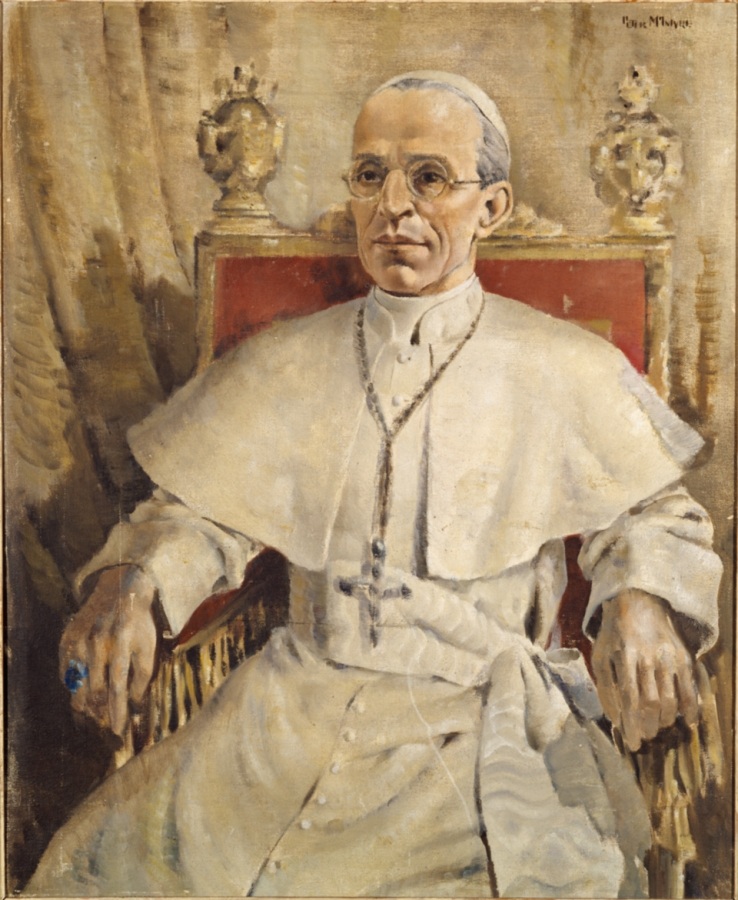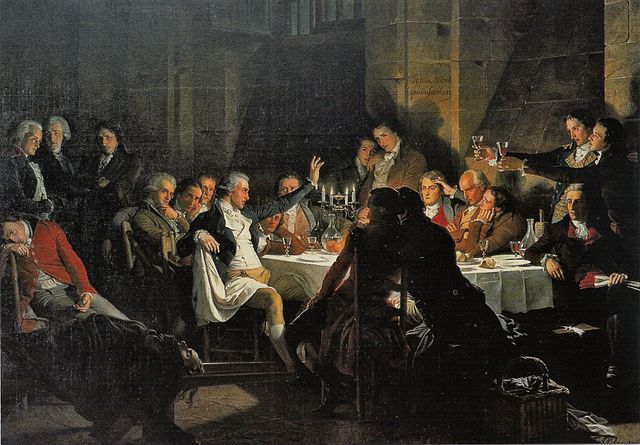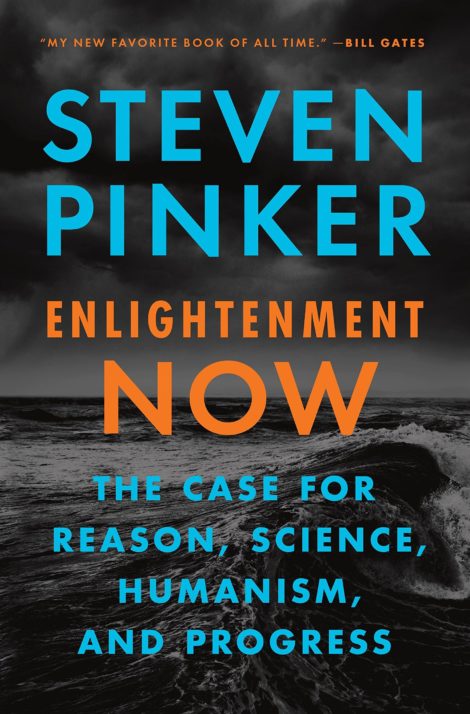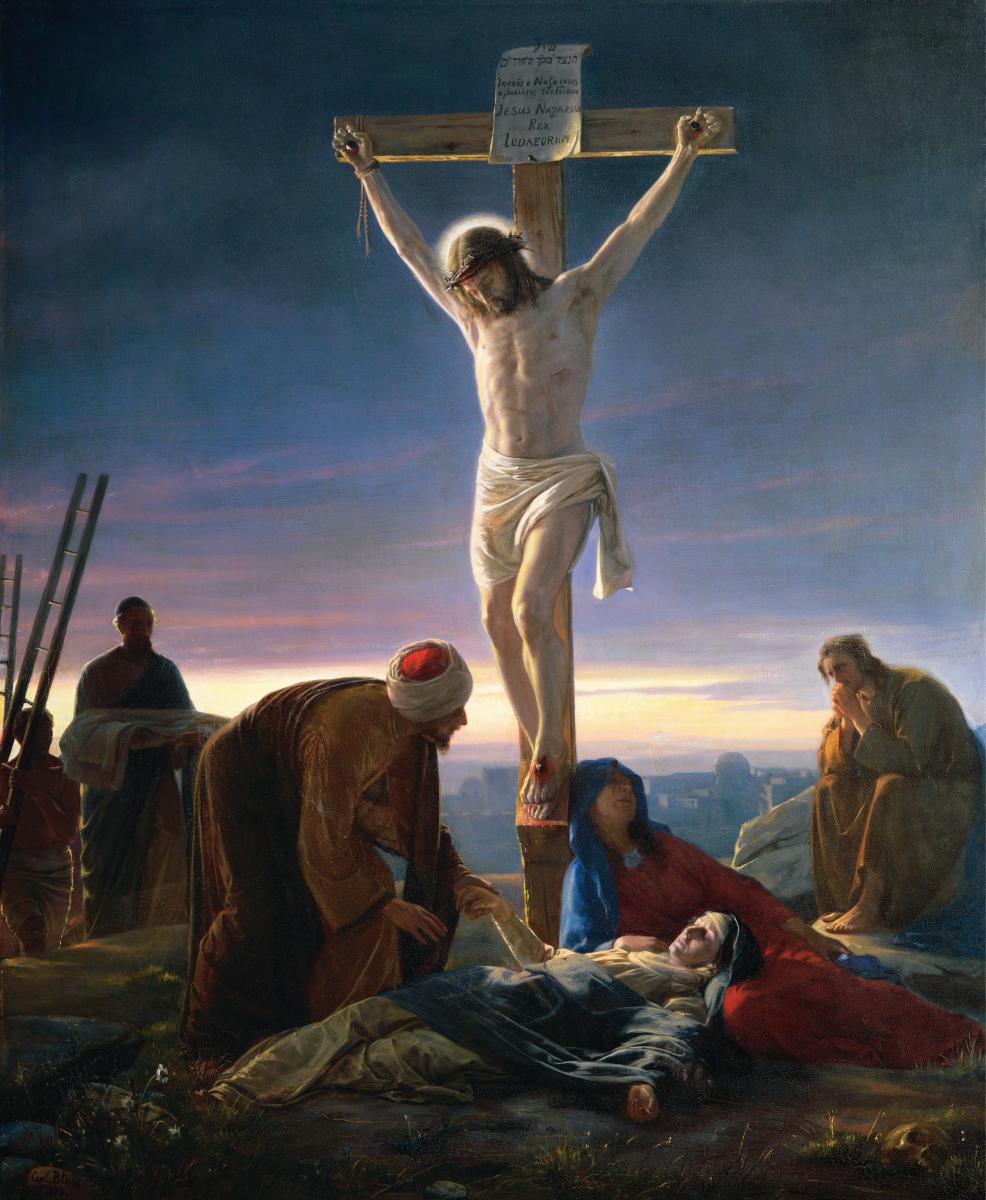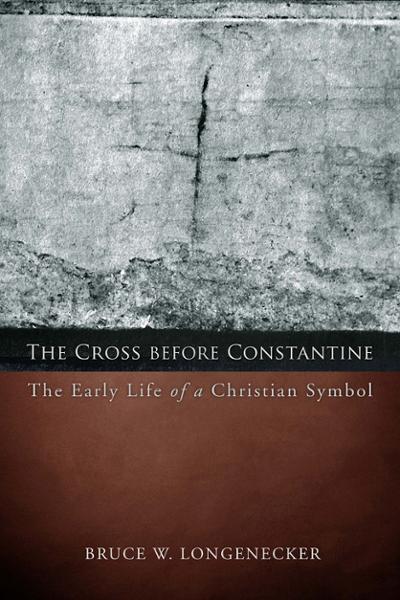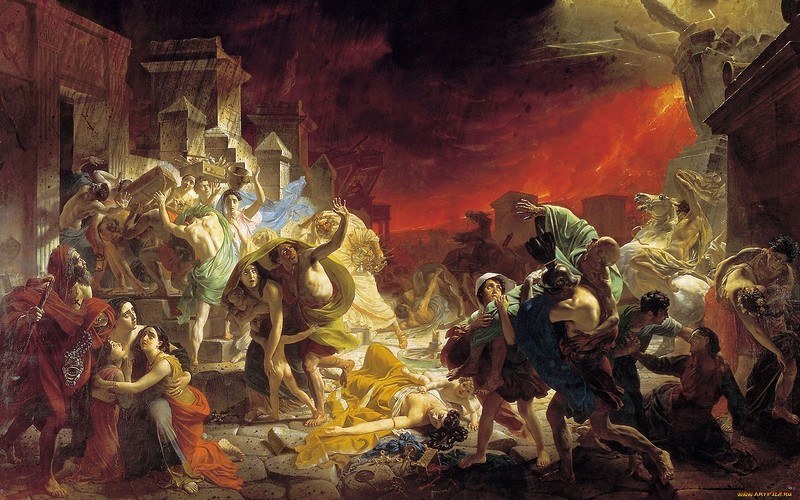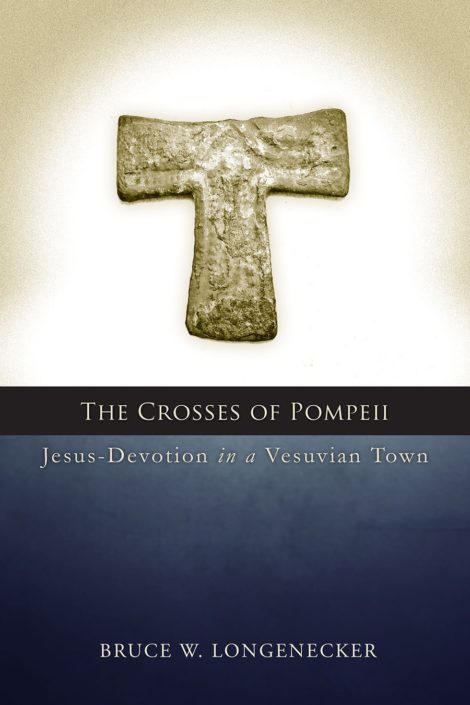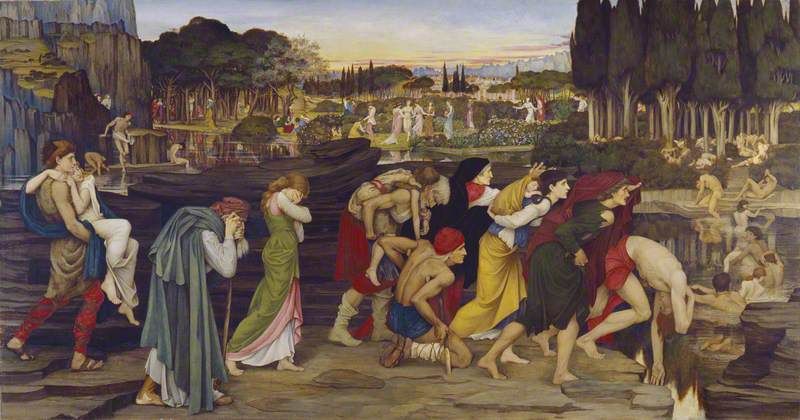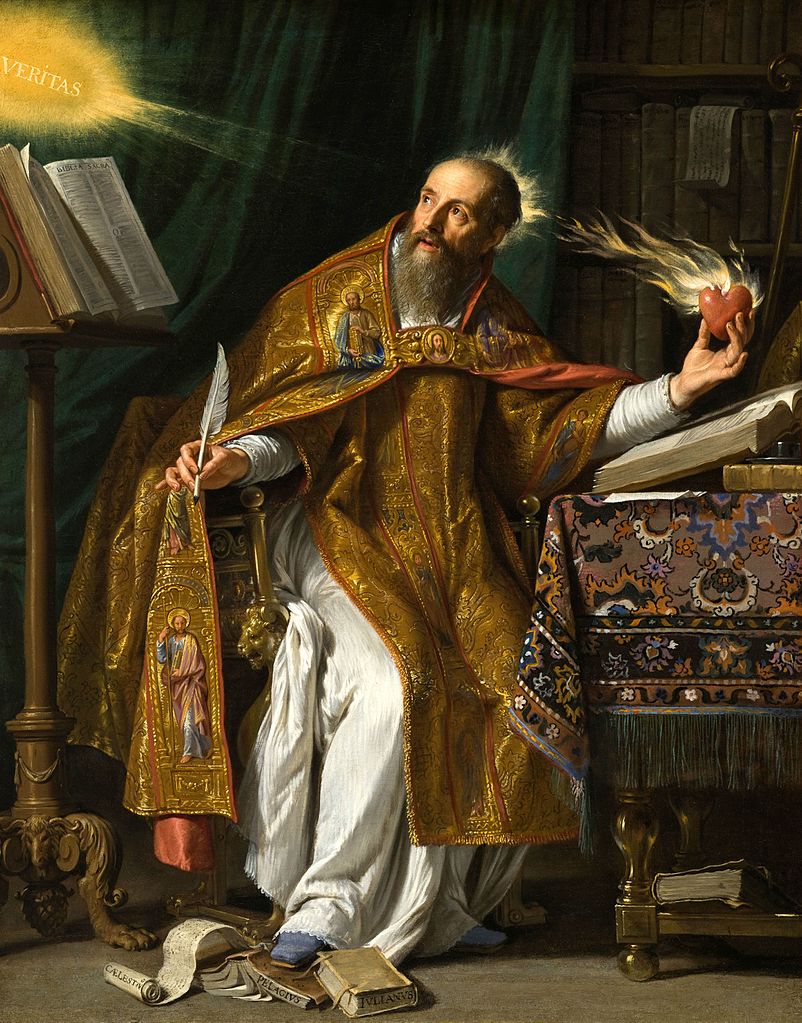The controversy surrounding Pope Pius XII and the Holocaust is so extensive that the controversy has gained its own name, “The Pius Wars.”
After the Eichmann Trial, historians began to expand their understanding of what it meant to be a perpetrator in the Holocaust.
The burden of guilt fell on the shoulders of those who failed to act. To be a bystander was considered a form of passive collaboration.
As the world contemplated this new paradigm, more individuals were considered to be guilty in their relationship to the Holocaust, and before long the ghost of Pius XII was dragged into the fray.
After his death in 1958, debate stirred in post-war Germany about the Pope’s diplomatic agreements with the fascist governments, and his relationship to Hitler.
In the mist of these debates, in 1963, Rolf Hochhuth released his controversial German play, The Deputy: A Christian Tragedy.
The play depicted Pius XII as a greedy, power-hungry, and anti-Semitic goon, who callously turned away from the suffering of the Jews.
In addition, books like Gitta Sereny’s Into That Darkness claimed to have linked the Pontiff to dubious activities, such as helping the escape of mass murders like Franz Stangl.
In contrast, the deceased Pope had high approval from both Catholic and Jewish communities. In fact, consideration for Pius XII’s canonization were set in place in 1965.
As new Vatican archival material became available, the controversy was reignited, with John Cornwell controversial history, Hitler’s Pope.
Examining the Pope’s early career, Cornwell argued that Pius XII was a hypocritical anti-Semitic, and an authoritarian Pontiff who sought to expand Church power, from his earliest days at the Vatican. According to Cornwell, Pius XII was the Pope that Hitler needed in order to carry out the Holocaust.
Cornwell didn’t just get 15 minutes of fame, he got 60 minute on CBS. And so the myth began.
The controversy gathered steam, as scholars scrambled to either criticize or defend the Pope. All of this took place in the shadow of John Paul II’s decision, in 1990, to declare Pius XII a Servant of God, and in 2009, he was made Venerable, a major path to sainthood.
From this accusatory storm, Rabbi David G. Dalin released his cogent work, The Myth of Hitler’s Pope: Pope Pius XII And His Secret War Against Nazi Germany. This book was written as a direct response to Cornwell’s initial attack.
Building on the works of other Pius XII’s defenders, like Ronald J. Rychlak, Dalin disputed nearly everything that Cornwell contends, especially the alleged papal anti-Semitism and the “silence” of the Pontiff.
Although Dalin’s work seemed like the final nail in the coffin of Cornwell’s false narrative, the myth of the “Nazi Pope” has yet to die.
Let us take a look at the DNA of the myth, item-by-item, so we can finally kill it off.
ITEM 1: Was Pope Pius XII A Nazi Collaborator?
Myth I: Yes, because the Pope was power-hungry!
Reasons given to support this myth…
- The Pope wanted to centralize the Catholic Church in order to increase his own power.
- He had already passed the Code of Canon Law by 1917, which required Catholics to be more observant of the dictates of the Vatican, and which gave the Church more control over schools, the appointment of Bishops, and regional legislation.
- This authoritarian pope seized his chance to increase his power by making a deal with Hitler in the Reich Concordat of 1933. This agreement would disband the Catholic Center Party, Hitler’s main opposition to power, but give the Pope greater control over Catholics in Germany.
- The Pope willingly became Hitler’s “pawn,” against the will of the German Bishops.
Myth II: Yes, because the Pope did not speak out against Hitler or the Nazis!
Reasons given to support this myth…
- As Hitler would came to wreak havoc on the Jews of Eastern Europe, the Pope remained silent.
- After the invasion of Poland, Pius issued an encyclical, Summi Pontificatus (1939), which emphasized “the unity of the human race,” as “neither Jew nor Greek,” but the Pope never mentioned Poland by name.
- He never explicitly condemned the atrocities of the Nazis.
- Worst of all, the Pope’s Christmas Eve Address of 1942, further continued his silence about the Holocaust.
- This address mentioned only the sufferings of “hundreds of thousands”, not millions.
- This address did not even mention the words “Jew” or “Nazi” because the Pope was Hitler’s pawn, a tool of the Nazi regime.
Myth III: Yes, because the Pope did not try to stop Hitler and the Nazis!
Reasons given to support this myth…
- The Pope did nothing to stop the Nazis. He simply watched countless Jews taken by Einsatzgruppen from “his very windows.”
- There is no evidence that the Pope spoke out against the Nazis, let alone mobilize against them.
- He didn’t do enough because he was most likely a Nazi stooge.
Myth IV: Yes, because the Pope was a Nazi ideologue who hated Communists!
Reasons given to support this myth…
- In his younger days, Pacelli (the future Pius XII) was a diplomat for the Vatican to the German Kaiser Reich. He had even negotiated with the Kaiser himself, making him no stranger to dealing with egotistical autocrats.
- But as the Kaiser Reich fell in the sunset of WWI, the future pope found himself in Munich. It was there that a group of violent communists proclaimed the city as their own. Proper Marxists, they despised religion as an obstacle to human progress.
- A Jew by the name of Levien was among their number. Wanting to put the Catholic Church in its place, he entered Pacelli’s workplace. Howling blasphemy and profanities in the entrance hall, he found Pacelli. Levien demanded the papal limousine, but Pacelli refused to give it to him. Levien pressed his gun to Pacelli’s chest and asked once more of the papal limousine. Pacelli kept a cool head and explained to the shooter that he did not fear death. The Marxist took flight after being called back by his superior.
- This experience must have traumatized Pacelli, and thus created a hatred for both Communists and Jews. This is why he would always seek neutral diplomatic solutions later in his life.
- Hitler and Pacelli were anti-Semitic, and both opposed Communism; their alliance was only natural.
Myth V: Yes, because the Pope was anti-Semitic!
Reasons given to explain this myth…
- What else but anti-Semitism can explain the Pope’s silence in the face of the Holocaust?
- Why did he not act to save the Jews as they were dragged through the streets of Rome?
- Pius XII was an Anti-Semitic authoritarian who was against the Jews, or at the very least indifferent to their extermination.
- For these reasons he was happy to cooperate with Hitler.
Rebuttal To Item 1 And To The Myths.
In the words of Rabbi David G. Dalin, what John Cornwell and others concocted in regard to the character of Pope Pius XII is nothing but “an abominable slander.”
Pope Pius XII was not “Hitler’s Pope.” He sought to save the German Catholics, not forsake them. Nor was he truly silent about the Nazis, since his words were, in fact, clearly understood by all Catholics across the world as specific instructions to resist the Nazi oppressors.
Acting in love, against the will of the Nazis, Pius XII saved thousands of Jews across the Third Reich. In fact, he mobilized the Catholic Church as a spy network which reported to British Intelligence. In many ways, Pius XII out-maneuvered Hitler.
But let us look more clearly at the myths themselves.
MYTH I Dismantled… The Pope was not power-hungry.
- The Pope did not betray the Catholics of Germany, he tried to save them.
- Contrary to what the accusers say, the German Bishops were in favor of the Reich Concordat, not against it.
- The Pope sought to centralize power so that he could protect his Catholic subjects. He agonized over reports of Hitler youth groups violently fighting Catholic youth groups in Bavaria.
- The persecution of Catholics did not happen because of the Reich Concordat – rather the Concordat happened because of the persecutions.
MYTH II Dismantled… The Pope was not silent about Hitler and the Nazis.
- Summi Pontificatus (1939), was understood by Catholics as a denouncement of the invasion of Poland.
- The 1942 Christmas Eve Address was understood as a denunciation of the Nazi atrocities towards the Jews of Eastern Europe
- It was understood as such by the Nazi’s German Foreign Office as an assault against them. They were outraged.
- Fellow Catholics, and even Jews, understood the message as a denouncement against the Nazi war crimes despite of its vagueness.
Thus, the Pope’s message was heard, understood, and acted upon. But, his message was not an explicit denouncement of the Nazi regime – but maybe this was for a very good reason.
Rabbi Dalin, argues that if Pius XII had more explicitly denounced the Nazis, then the Nazis would have retaliated and simply “invaded” the Vatican (which they actually had plans to do!)
The Pope had no army of his own. The retaliation would have destroyed the papacy and the Church, and completed the circle of persecution. The Pope’s implicit rather than explicit condemnation was far more effective.
But why did the Pope act this way? Because he was using the Church to bring down Hitler and save the Jews.
MYTH III Dismantled… The Pope did try to stop Hitler and the Nazis.
- The Pope created a major spy network known as The Orders Committee, headed by Josef Muller, codename “Joey Ox.”
- Muller gathered information from the Abwehr with the help of fellow Nazi-resistors.
- Muller would then fly his sports plane over the Alps and inform Ludwig Kass (the former high-ranking member of the Catholic Center Party) about what was going on in Germany. Kass would then report to Pius XII.
- But it didn’t stop there; the Pope then conveyed the highly classified data to British intelligence at the Vatican.
- The Pope was behind many of the conspiracies against Hitler.
- He was the main link in a connecting agreement between German and Italian conspirators to act in a coordinated fashion.
- Plans to assassinate Hitler were aided by the Pope’s participation, including talks to kill Hitler shortly after the invasion of Poland, an attempt to slip a bomb into Hitler’s plane, and finally the famous Operation Valkyrie.
- This is why the Pope wasn’t the loudest critic of Hitler – he had to protect the many people who relied on him in their opposition to the Nazis.
- Historians like Hurbert Wolf rightly argue that some in the German Catholic Church liked Hitler, and if the Pope loudly criticized the Nazis, there would have been a full-blown revolt among such German Catholics. This which would have started an undesired crisis and could only end in the Nazis gaining more power over the German Roman Catholics.
But didn’t the libellers of Pius XII know that the Pope was spy master? They did! Although Cornwell briefly concedes a large degree of bravery to Pius XII for his participation in intelligence gathering, Cornwell uses it to claim that Pius XII was silent not because of cowardice, but because of his indifference to the plight of the Jews.
The fact remains, the Pope was hardly indifferent to Nazi Power. He actively aided the conspiracies against Hitler.
MYTH IV Dismantled…The Pope was not a Nazi ideologue who hated Communists.
The Pope was well aware of the many atrocities being committed by the Communists in the Soviet Union. The Russian Civil War, the Red Terror, and Stalin’s Gulags of the 1930s were common knowledge. So, certainly, the Pope opposed the Communists – because they were avowed atheists, who were intent on destroying Christianity.
Did this opposition make him a Nazi? Of course not.
The Pope was also aware that the only thing keeping the Soviets at bay were the Nazis.
The best the Pope could do was aid the allies (which he did by channelling highly classified information to them).
To say that the Pope was Nazi ideologue is just calumny. Why did Pius XII conspire against Hitler, if he were a Nazi? The Pope regarded Nazism as “perhaps the most dangerous heresy of our times.”
MYTH V Dismantled… The Pope was not anti-Semitic.
- Perhaps the greatest injustice against the Pope is the false accusation of anti-Semitism.
- Pius XII did so much to help the Jewish people in their time of need that the first major historical work against John Cornwell’s libels was written by a Rabbi named David G. Dalin, to set the record straight.
But the dismantling of Myth V requires fuller elaboration, as follows…
ITEM 2: Did Pope Pius XII care about the Jews?
MYTH I: No, because the Pope did not speak up for the Jews.
- In the face of Jewish annihilation, the “Vicar of Christ” was silent. Where was the voice of moral truth when the world needed it most?
- After the invasion of Poland, his encyclical, Summi Pontificatus (1939), never mentions Poland by name let alone the Nazi atrocities committed there.
- In his Christmas Eve Address in 1942, he never even uses the word Jew. Hence, the Pope did not speak up for the Jews.
MYTH II: No, because the Pope did not act to save the Jews.
- The Pope did not try to save the Jews because he was indifferent to their suffering.
- Susan Zuccotti brings up a case where the Pope remained silent as the Jews of Rome were being rounded up the Einsatzgruppen “under the Pope’s own windows.”
MYTH III: No, because the Pope smuggled Nazi’s out of Europe.
- The Catholic Church smuggled high ranking Nazi officials like Klaus Barbie, Josef Mengele, Adolf Eichmann, and Franz Stangl using the Vatican “Ratlines” after the war.
- The “Ratlines” were escape routes that were originally designed for the Catholic clergy to escape from Fascist or Communist persecution. But, the Catholic Church used them to smuggle out Nazis after the war.
- Why would the Catholic Church aid Nazis? Simple – because Pius XII was an anti-Semitic Nazi collaborator.
Rebuttal To Item 2 And To The Myths.
Pope Pius XII was a pontiff who loved the Jews. He loved them enough to risk his life to save theirs. His words inspired hundreds of Catholics across Europe to risk their lives to save the Jews as well. Furthermore, he gave them sanctuary when they needed it most. As for the “Ratlines,” they can hardly be said to be connected with the Pope. And even if they were, there is more reason to believe that they were an act of human love, not anti-Semitic hatred.
MYTH I Dismantled… The Pope was not silent about the Nazis.
- In Summi Pontificatus (1939), the Pope emphasized “the unity of the human race” as “neither Jew nor Greek.”
- Furthermore, in his Christmas Eve Address of 1942, the Pope explicitly talks about the suffering of “hundreds of thousands” of innocent people.
- Everybody seemed to understand the message, even the Nazis. In fact, the Nazi German Foreign Office saw it as an assault against them.
- One must realize that the Pope was working behind enemy lines. Very simply, if the Pope became a loud critic of the Nazis, then they would retaliate against the Church and the many Jews that the Church was hiding. In Holland, for example, when the Pope told the bishops to speak out, the number of Nazi atrocities against the Jews increased.
- When Clements von Galen, the Bishop of Munster, sought to speak out against the Nazi’s, the Jewish leaders told him not too.
- The Pope received many letters telling him that denouncing the Nazis would only make things worse, not better. Even Susan Zuccotti (an early accuser) admitted that the Pope may have been silent for the Jews’ sake.
- Rabbi Dalin argues that if the Church had more explicitly denounced the Nazis, then the Nazis would have retaliated. The retaliation would have destroyed the power of the papacy and inflamed the persecutions.
- Michael Phayer, a very reputable Holocaust historian, who had originally criticized the silence of Pope Pius XII, reversed his position saying that the Pope was understood as speaking out against the Nazis throughout the war.
MYTH II Dismantled… The Pope did act to save the Jews.
- Pius XII risked his life to save the Jews. For example, in the capture of Jews from Rome, Pope Pius XII told his clergy to hide Jews from the Nazis. He not only hid Jews in the Vatican, he also hid 3,000 in his summer home, Castel Gandalfo.
- The Pope was not indifferent. Rather, he was a hero of the Jewish people. He risked the safety of the Church, his flock, and himself for the sake of the Jews.
- Endless testimonies speak of the clergy saving Jews in Italy from the Einsatgruppen. This evidence was ignored by authors, such as, like Susan Zuccotti. Such actions are not those of an anti-Semite.
- What kind of anti-Semite would tell his priests to split their wartime rations with Jews? One could argue that he wasn’t as vocal as he could have been, but there are no grounds whatsoever to claim that Pius XII was an anti-Semite.
MYTH III Dismantled… The Pope did not smuggle Nazis out of Europe after the war.
There is no evidence to claim that Pius XII knew about the Ratlines.
Michael Phayer (the historian who first spoke about “Ratlines”) cannot even manage to the Austrian Bishop, Alois Hudal, to the Nazi “Ratlines”, let alone the Pope.
Phayer argues that because Hudal was responsible for the Austrian refugees, he could be linked to the “Ratlines.” But he cannot prove his assertion by any definitive evidence.
Then, Phayer is forced to admit that his “source” is “incomplete.” All he say is that he “thinks” the Catholic Church helped fleeing Nazis.
We must be careful in the judgement of the dead. The truths of their character come with time.
Here are the words of Joey-Ox, which aptly summarize German Roman Catholic resistance and defiance of Nazism…
““I am philosophically opposed to you. I am a practising Catholic, and my brother is a Catholic priest. Where could I find the possibility of a compromise here?”
These words were spoken to Heinrich Himmler, the head of the dreaded SS.
Where, indeed, is the “possibility of a compromise here?”
